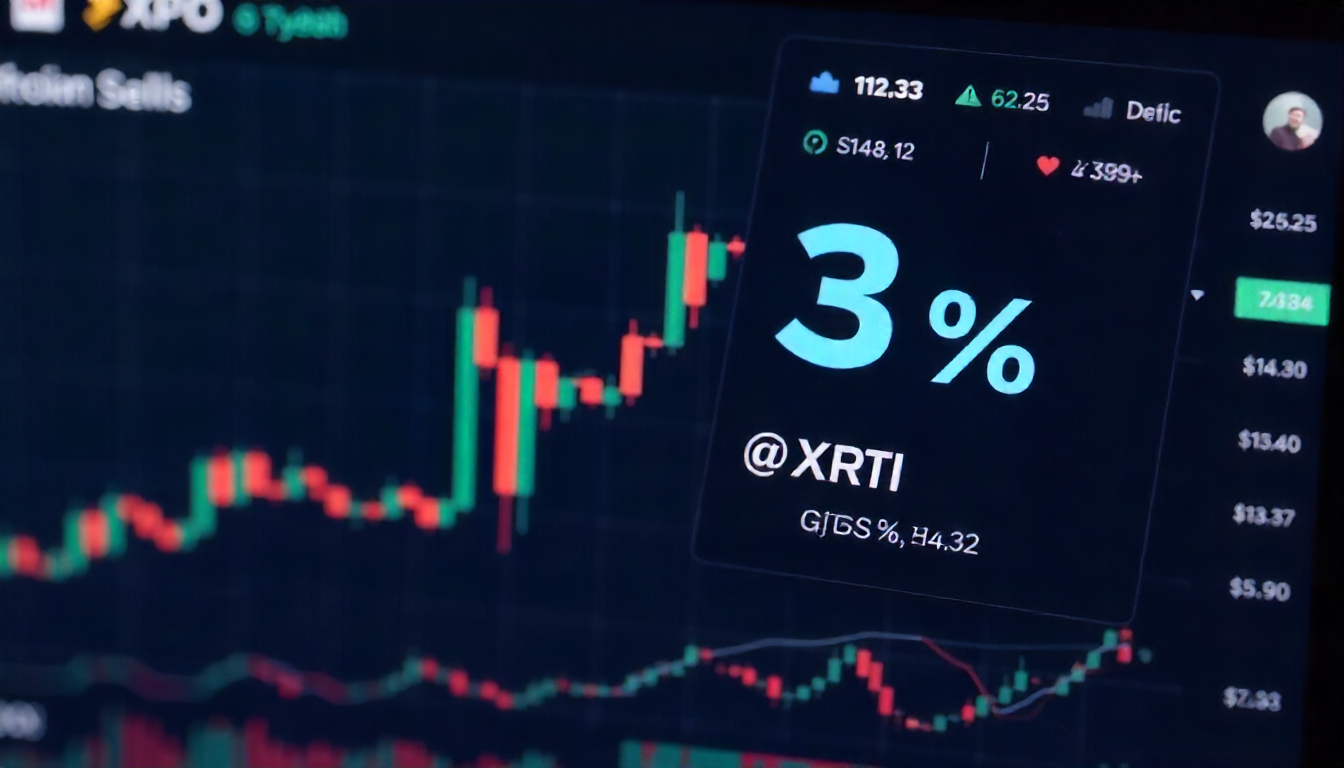Bitcoin (BTC) saw a notable recovery in Asian trading hours, climbing near $89,000 after hitting a 24-hour low of $86,200. The uptick in price slightly improved market sentiment as leading cryptocurrencies showed signs of stabilization following Tuesday’s sharp sell-off.
XRP and Binance Coin (BNB) led the rebound among major cryptocurrencies on Wednesday, as traders attempted to recover from the previous day’s heavy losses. The overall market capitalization had dropped by up to 10%, with bullish positions suffering at least $1.2 billion in liquidations.
XRP registered a 3% gain, while BNB and Solana (SOL) each climbed 5%. Dogecoin (DOGE) and Cardano (ADA) posted modest gains of 1.2%, while Tron (TRX) saw a 5% decline over the past 24 hours. The CoinDesk 20 (CD20) index, which tracks broad-based crypto performance, remained down by 2%.
The market’s partial recovery aligns with an earlier CoinDesk analysis suggesting that assets were likely oversold. A five-month low in a sentiment index, coupled with a large-scale liquidation event, indicated the potential for a short-term relief rally.
Gold also experienced a volatile session, dropping 1.3% on Tuesday as traders took profits following a record high on Monday. However, it rebounded in Asian trading hours on Wednesday.
Macro Outlook
Tuesday’s market panic was attributed to several factors, including significant capital outflows from Bitcoin exchange-traded funds (ETFs). More than $1 billion has been withdrawn from these funds over the past two weeks, exacerbating selling pressure. Additionally, a strengthening Japanese yen—often considered a safe-haven asset—has drawn investors away from riskier assets like cryptocurrencies.
Meanwhile, expectations of a looser U.S. monetary policy have risen. Prediction markets now estimate a 30% chance of a Federal Reserve rate cut in May, while the likelihood of two rate cuts by June has surged to 15%.
These expectations follow a steep decline in U.S. consumer confidence, which fell seven points in February to 98.3, marking its lowest level since August 2021. Economic data and monetary policy decisions in the U.S. play a crucial role in influencing risk asset prices, including Bitcoin, as traders gauge the potential for increased retail participation.
Market Sentiment Remains Cautious
Despite the market’s attempt at recovery, enthusiasm for an altcoin rally remains subdued. Analysts suggest that any new capital inflows will likely be directed toward Bitcoin rather than alternative cryptocurrencies.
BTC recently broke below the $90,000 threshold for the first time in a month and now hovers just under that level. This downturn has resulted in over $200 million in liquidations over the past few hours.
Broader market sentiment remains under pressure following geopolitical developments, including the Trump administration’s decision to impose tariffs on Canada and Mexico and restrict Chinese investments. Traders also noted that BTC’s front-end gamma exposure was being covered as prices fell, with one-month implied volatility stabilizing around 50, while market skews remained largely unchanged.
Singapore-based trading firm QCP Capital provided insight into the current market landscape, stating, “Equities, fixed income, and gold have largely shrugged off the concerns previously blamed for broader market weakness, while BTC remains flat. The increasing dominance of BTC and the declining prices of altcoins suggest that most altcoin bulls are already fully positioned, with any fresh inflows going exclusively into BTC.”
QCP Capital also warned that Bitcoin’s recent demand has primarily been driven by institutional players such as Strategy (formerly MicroStrategy), which has been funding purchases through equity-linked note issuances. With cryptocurrency-related equity issuance accounting for nearly 19% of total issuance over the past 14 months, the market for such financing may be approaching saturation. If Bitcoin’s spot price remains stagnant, institutional demand could weaken, further dampening market momentum.
While major investors like Strategy have been key drivers of Bitcoin accumulation in recent months, their ability to justify continued purchases may face challenges if price momentum does not improve. A potential slowdown in institutional buying could lead to further volatility in the broader crypto market.





